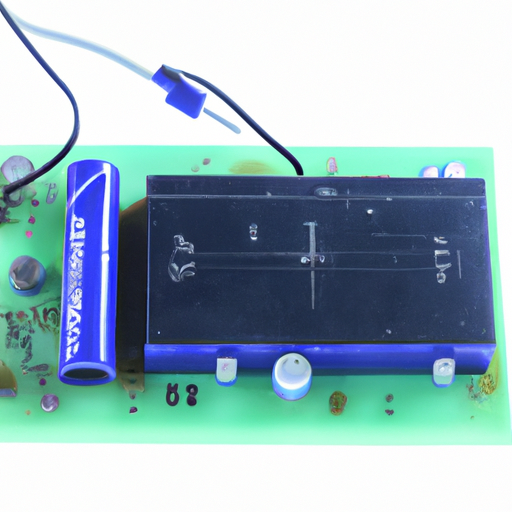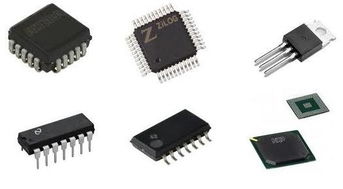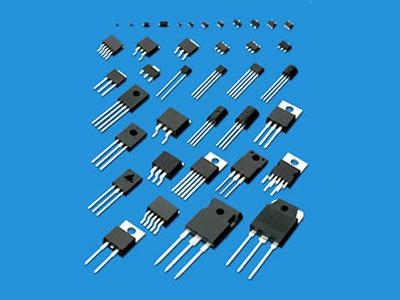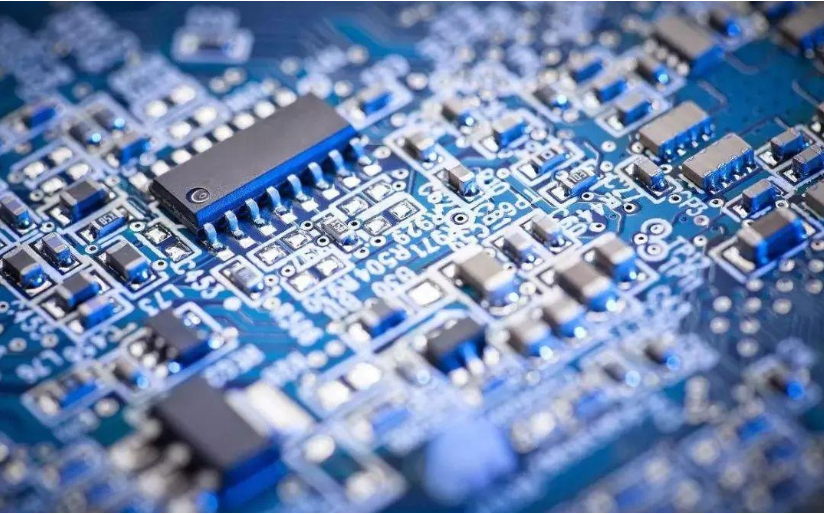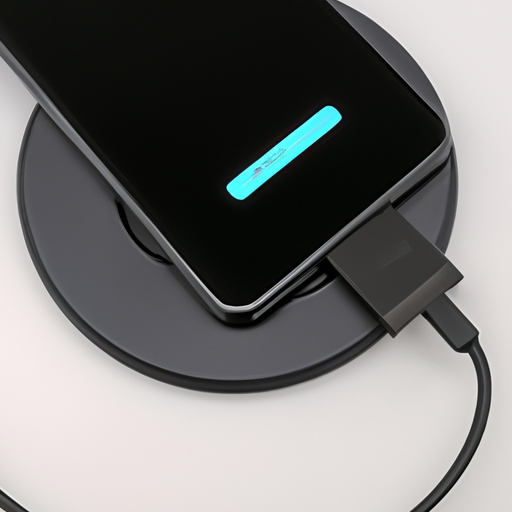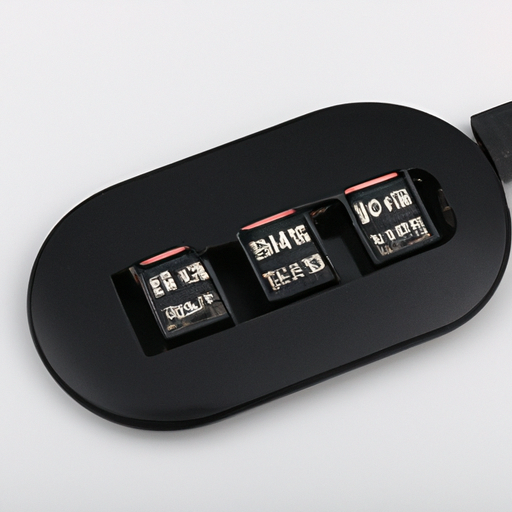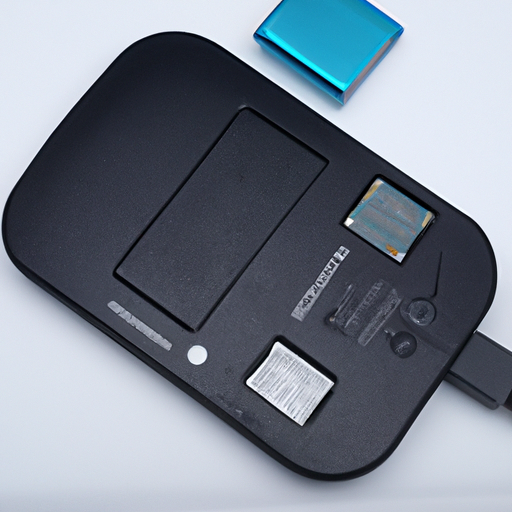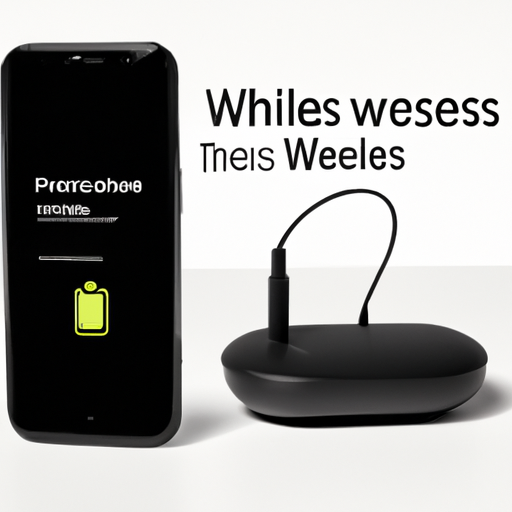What is the Thermal and Electrical Conductivity of the 66W Super Fast Charging Mobile Power Supply?
I. Introduction
In the rapidly evolving world of technology, super fast charging has emerged as a game-changer for mobile devices. This technology allows users to charge their devices at unprecedented speeds, significantly reducing downtime. However, the efficiency of super fast charging systems is heavily influenced by thermal and electrical conductivity. Understanding these properties is crucial for optimizing performance and ensuring the longevity of power supplies. This blog post will delve into the thermal and electrical conductivity of the 66W super fast charging mobile power supply, exploring its materials, design considerations, and performance metrics.
II. Understanding Thermal Conductivity
A. Definition of Thermal Conductivity
Thermal conductivity is a material's ability to conduct heat. It is a critical property in electronic devices, where heat generation during operation can affect performance and reliability. Materials with high thermal conductivity can dissipate heat more effectively, preventing overheating and ensuring stable operation.
B. Factors Affecting Thermal Conductivity in Electronic Devices
1. **Material Composition**: Different materials have varying thermal conductivities. Metals like copper and aluminum are excellent conductors of heat, while ceramics and plastics typically have lower thermal conductivity.
2. **Design and Architecture**: The design of a power supply can influence its thermal performance. For instance, the arrangement of components and the use of heat sinks can enhance heat dissipation.
C. Importance of Thermal Management in Power Supplies
1. **Heat Generation During Charging**: During the charging process, especially at high power levels like 66W, significant heat is generated. Effective thermal management is essential to maintain optimal operating temperatures.
2. **Impact on Performance and Longevity**: Excessive heat can lead to reduced efficiency, potential damage to components, and a shorter lifespan for the power supply. Therefore, managing thermal conductivity is vital for ensuring reliable performance.
III. Thermal Conductivity of the 66W Super Fast Charging Mobile Power Supply
A. Materials Used in the Construction
1. **Conductive Materials**: The 66W super fast charging mobile power supply typically incorporates conductive materials such as copper for wiring and heat sinks. These materials facilitate efficient heat transfer away from critical components.
2. **Insulating Materials**: Insulating materials, such as certain plastics and ceramics, are also used to prevent unwanted heat transfer and protect sensitive components from heat damage.
B. Thermal Management Techniques
1. **Heat Sinks**: Heat sinks are commonly used in power supplies to dissipate heat. They increase the surface area available for heat transfer, allowing for more effective cooling.
2. **Thermal Pads and Compounds**: These materials are applied between components and heat sinks to enhance thermal contact and improve heat transfer efficiency.
3. **Ventilation and Airflow Design**: Proper ventilation and airflow design are crucial for maintaining optimal temperatures. Many power supplies feature vents or fans to facilitate air circulation.
C. Performance Metrics
1. **Temperature Rise During Operation**: Monitoring the temperature rise during operation is essential for assessing thermal performance. A well-designed power supply should maintain a temperature rise within safe limits.
2. **Efficiency of Heat Dissipation**: The efficiency of heat dissipation can be evaluated by measuring the temperature of key components during operation. Effective thermal management should result in minimal temperature spikes.
IV. Understanding Electrical Conductivity
A. Definition of Electrical Conductivity
Electrical conductivity refers to a material's ability to conduct electric current. It is a fundamental property that influences the efficiency of power transfer in electronic devices.
B. Factors Influencing Electrical Conductivity
1. **Material Properties**: The electrical conductivity of materials varies widely. Metals like copper and aluminum are excellent conductors, while insulators like rubber and glass have very low conductivity.
2. **Temperature Effects**: Electrical conductivity can change with temperature. For most conductors, conductivity decreases as temperature increases due to increased atomic vibrations that impede electron flow.
C. Importance of Electrical Conductivity in Power Supplies
1. **Efficiency of Power Transfer**: High electrical conductivity is essential for minimizing power loss during transmission. This is particularly important in high-power applications like super fast charging.
2. **Safety and Reliability**: Adequate electrical conductivity ensures that power supplies operate safely and reliably, reducing the risk of overheating and component failure.
V. Electrical Conductivity of the 66W Super Fast Charging Mobile Power Supply
A. Materials Used for Electrical Components
1. **Conductors**: The primary conductors in a 66W super fast charging mobile power supply are typically made of copper due to its excellent electrical conductivity. Aluminum may also be used in some applications for its lightweight properties.
2. **Insulators and Semiconductors**: Insulating materials are used to prevent short circuits, while semiconductors are crucial for regulating power flow and converting voltage levels.
B. Design Considerations for Electrical Conductivity
1. **Circuit Design and Layout**: The design of the circuit board plays a significant role in electrical conductivity. A well-designed layout minimizes resistance and optimizes current flow.
2. **Connection Types**: The choice of connectors, such as USB-C or proprietary connectors, can impact electrical conductivity. High-quality connectors ensure minimal resistance and efficient power transfer.
C. Performance Metrics
1. **Voltage Drop and Power Loss**: Monitoring voltage drop across connections is essential for assessing electrical performance. A significant voltage drop can indicate poor conductivity and result in power loss.
2. **Current Handling Capacity**: The ability of the power supply to handle high currents without overheating is a critical performance metric. Adequate electrical conductivity ensures that the power supply can deliver the required current safely.
VI. Comparative Analysis
A. Comparison with Other Charging Technologies
1. **Standard Charging vs. Super Fast Charging**: Super fast charging technologies, such as the 66W power supply, offer significantly higher charging speeds compared to standard charging methods. This is achieved through improved thermal and electrical conductivity.
2. **Efficiency and Performance Metrics**: Super fast charging systems typically exhibit higher efficiency and lower heat generation compared to traditional charging methods, making them more suitable for modern devices.
B. Real-World Applications and User Experiences
1. **Device Compatibility**: The 66W super fast charging mobile power supply is compatible with a wide range of devices, including smartphones, tablets, and laptops, enhancing its versatility.
2. **Charging Speed and Efficiency**: Users often report significantly reduced charging times with super fast charging technology, leading to increased satisfaction and convenience.
VII. Conclusion
In conclusion, the thermal and electrical conductivity of the 66W super fast charging mobile power supply plays a crucial role in its performance and reliability. By utilizing high-conductivity materials and implementing effective thermal management techniques, manufacturers can ensure that these power supplies operate efficiently and safely. As technology continues to advance, ongoing research into improving thermal and electrical conductivity will be essential for developing even more efficient charging solutions. The future of charging technology looks promising, with the potential for faster, safer, and more reliable power supplies that meet the demands of modern devices.
VIII. References
1. Academic papers and articles on thermal and electrical conductivity.
2. Industry reports and standards related to charging technology.
3. Manufacturer specifications and technical documents for the 66W super fast charging mobile power supply.
This comprehensive exploration of thermal and electrical conductivity in the context of super fast charging technology highlights the importance of these properties in ensuring optimal performance and user satisfaction.

